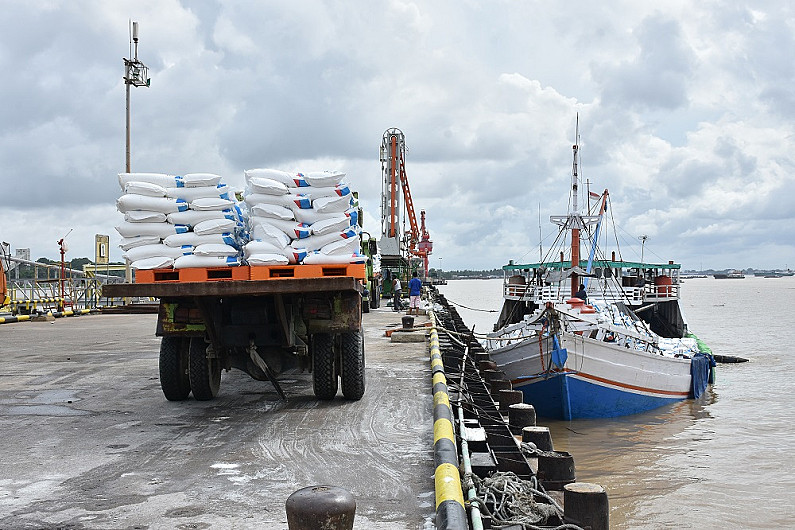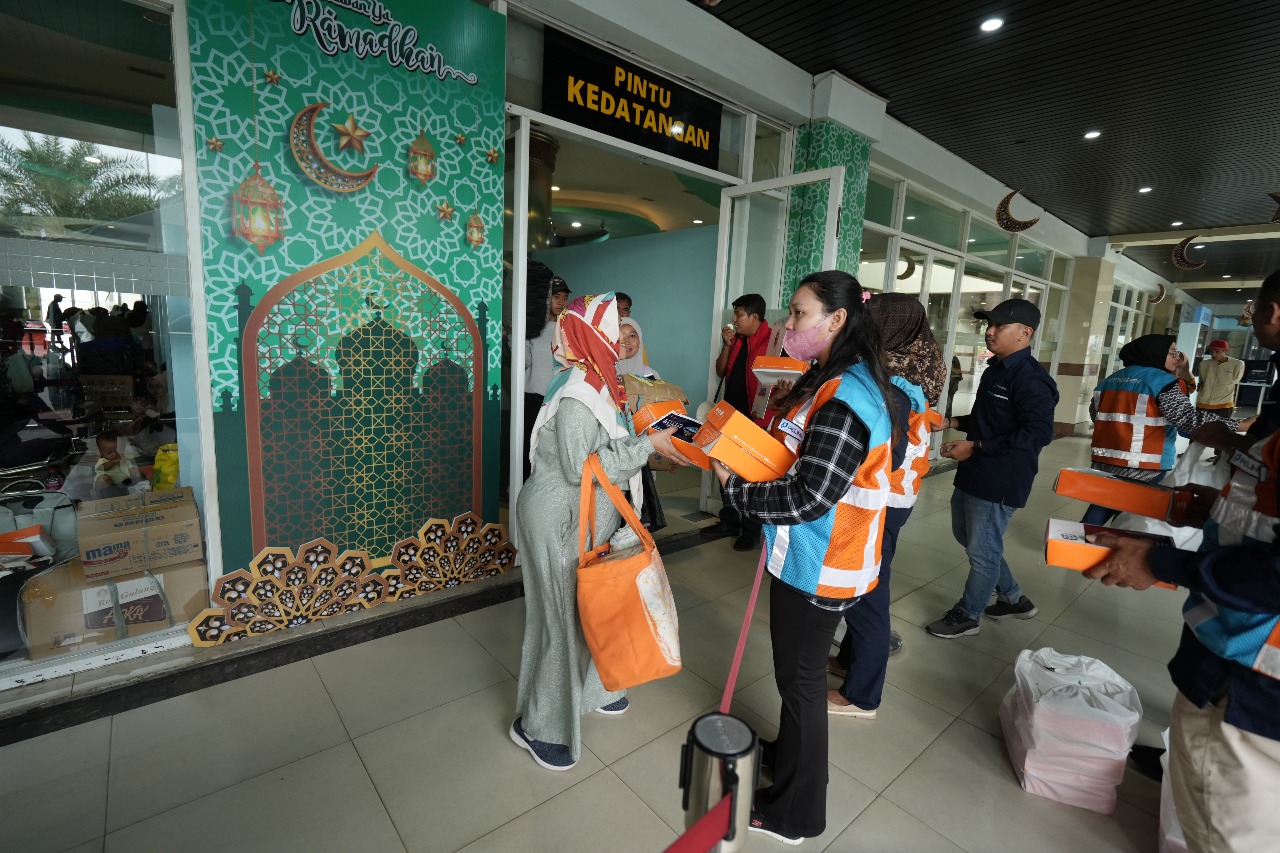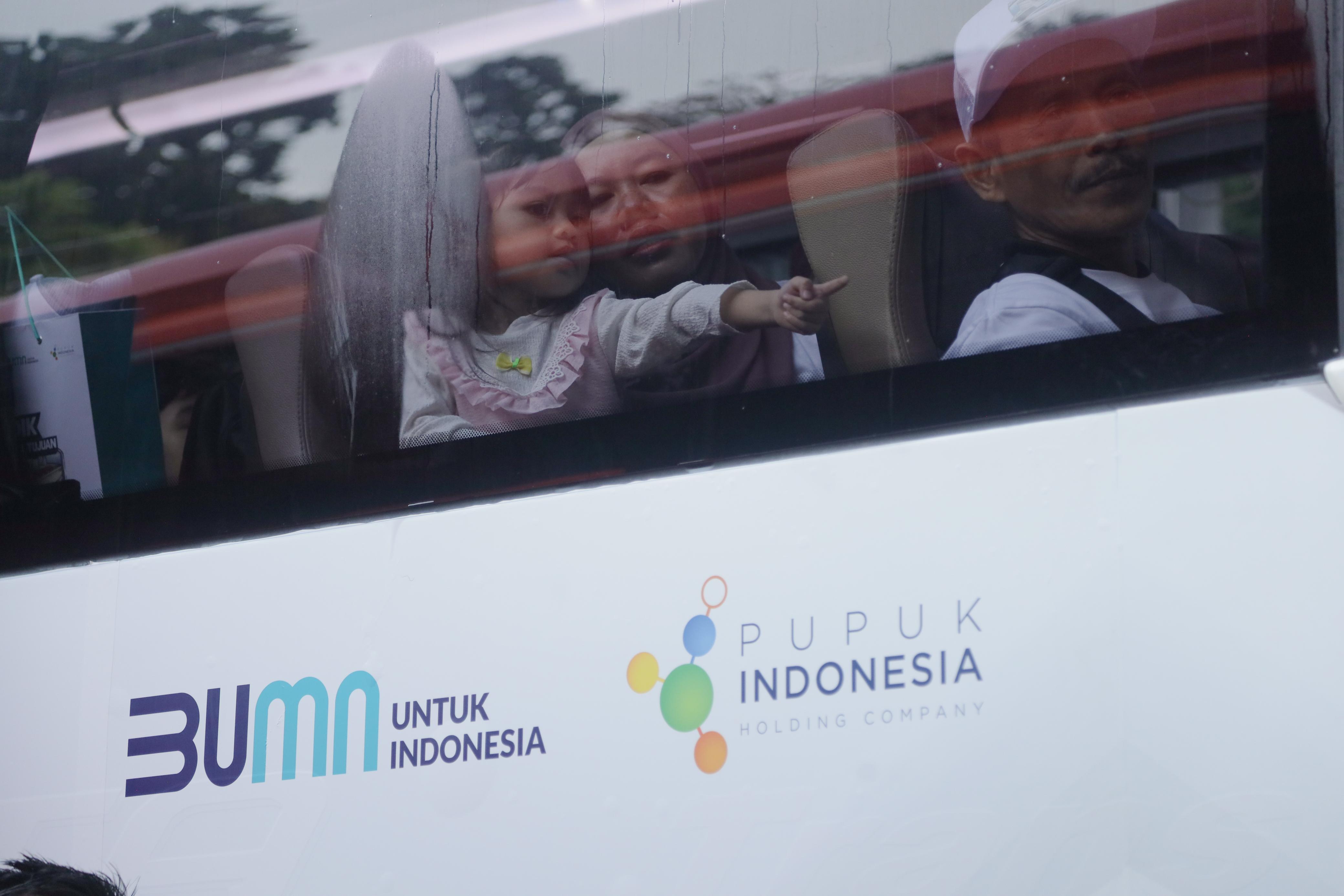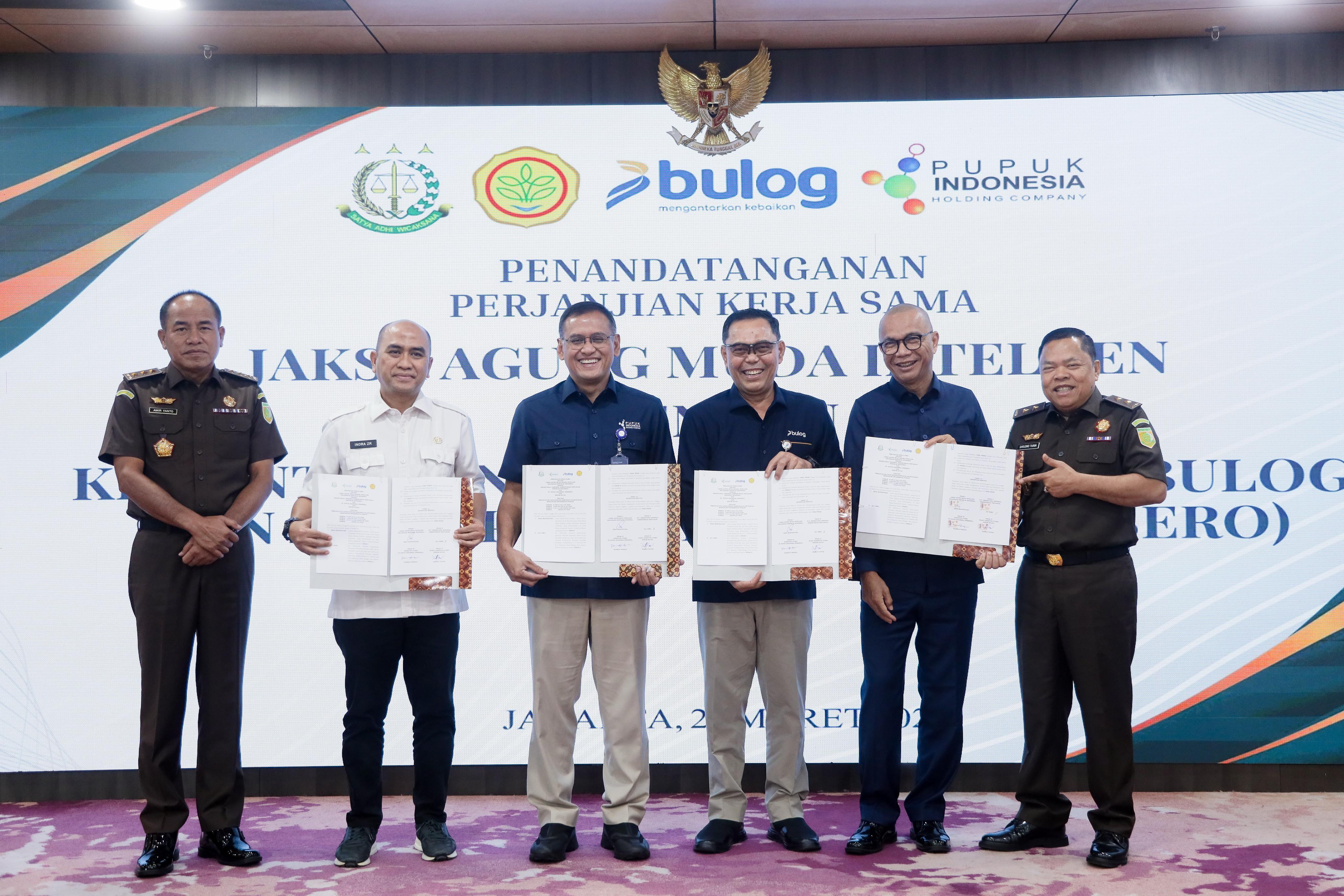East Java Subsidy Fertilizer Stock of 163,881 Or 417% of the Requirements, Fulfill the Needs for the Next 3 Weeks

MALANG – PT Pupuk Indonesia (Persero) revealed that subsidized fertilizer stocks in East Java Province are sufficient to meet the needs of farmers for the next three weeks. This was disclosed by Pupuk Indonesia's SVP Sales for the Eastern Region, Muhammad Yusri during a visit to Malang, East Java, Thursday (9/2/2023).
Yusri said that subsidized fertilizer stocks in East Java were recorded at 163,881 tons as of February 8, 2023. This figure consisted of 67,472 tons of Urea, 96,409 tons of NPK or overall fertilizer stocks in East Java equivalent to 417 percent of the minimum stock requirement.
"The stock of urea fertilizer which reached 67,472 tons is equivalent to 184 percent of the minimum stock requirements set by the government, while the NPK fertilizer stock of 96,409 tons is equivalent to 417 percent of the provisions. Thus, according to the provisions, the stock of Urea and NPK fertilizers is sufficient to meet the needs of farmers for the next 3 weeks," said Yusri.
Subsidized fertilizer stocks in Region 4 Sales amounting to 163,881 tons are spread across all Regencies and Cities in East Java Province. While the total stock of fertilizer in Malang Regency is 11,688 tons, with details of Urea Fertilizer of 6,774 tons, NPK of 4,914 tons or the equivalent of 300% of the minimum stock requirement.
Yusri further stated that Pupuk Indonesia as a producer always distributes subsidized fertilizers in accordance with applicable regulations. Pupuk Indonesia has also instructed authorized distributors and retailers to provide stock in accordance with applicable regulations.
"We will continue to monitor the availability of stock at authorized distributors and retailers and will not hesitate to give warnings to anyone in our distribution network if they violate the applicable provisions."
Meanwhile, in terms of distribution or distribution of subsidized fertilizers in the Sales Region 4 area as of 8 February 2023, Yusri said that Pupuk Indonesia had distributed 194,522 tons, this figure consisted of 124,126 tons of Urea fertilizer and 70,396 tons of NPK. This amount has reached 12.2% of the total allocation for East Java Province of 1,585,537 tons consisting of 976,735 tons of Urea allocation and 608,602 tons of NPK.
Meanwhile in Malang Regency as of February 8, 2023, Pupuk Indonesia has distributed 4,745 tons of subsidized fertilizer consisting of 1,754 tons of Urea and 2,991 tons of NPK Phonska. This amount has reached 7% of the total allocation of subsidized fertilizer in Malang Regency of 66,211 tons consisting of an allocation of Urea fertilizer of 19,081 tons, and NPK Phonska of 47,130 tons.
Yusri ensures that all of the subsidized fertilizer distributed by Pupuk Indonesia for farmers has met the requirements in Minister of Agriculture Regulation No. 10 of 2022. Based on the regulation, farmers who are entitled to receive it must join a farmer group, be registered with SIMLUHTAN (Agricultural Extension Management Information System), work on a maximum of two hectares of land, and using a Farmer's Card (for certain areas). He further explained that farmers can redeem subsidized fertilizers at official kiosks that have been determined to serve local farmers/farmer groups.
"It should also be noted, Minister of Agriculture Number 10 of 2022 also stipulates only nine commodities that receive subsidized fertilizer, namely rice, corn, soybeans, chilies, shallots, garlic, sugar cane, cocoa, and coffee. These nine commodities are strategic agriculture which have an impact on inflation so that other commodities no longer receive allocations," he said.
By looking at stock conditions and the realization of the distribution of subsidized fertilizers, Yusri ensures that Pupuk Indonesia as a producer has met the needs for subsidized fertilizers according to the allocation set by the Government.
"The problem with subsidized fertilizers, such as the issue of scarcity that is currently happening, comes from farmers/farmer groups outside of the plant commodities stipulated by the Government and a reduction in the types of subsidized fertilizers. Currently there are only 2 (two) types of subsidized fertilizers, namely Urea and NPK fertilizers," he concluded.







